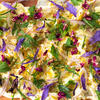

NYC Apartment Tour: Woman Growing Indoor Jungle With Over 750 Ho…

Q&A with Organizational Pro Peter Walsh + Dermatologist Shares A…

Actor Hank Azaria + Freezer Meals + Artichokes 2 Ways with Rach

See Inside Barbara Corcoran's Stunning NY Apartment + It's Steak…

How to Make Chicken and Lobster Piccata | Richard Blais
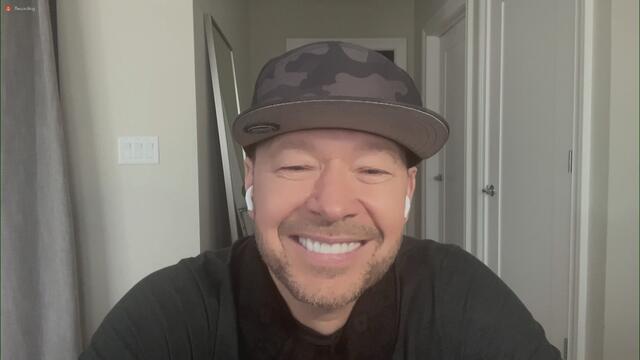
Donnie Wahlberg Spills Details About NKOTB's First Ever Conventi…

Donnie Wahlberg + Jenny McCarthy Say Rach Is Such a "Joy" + Look…
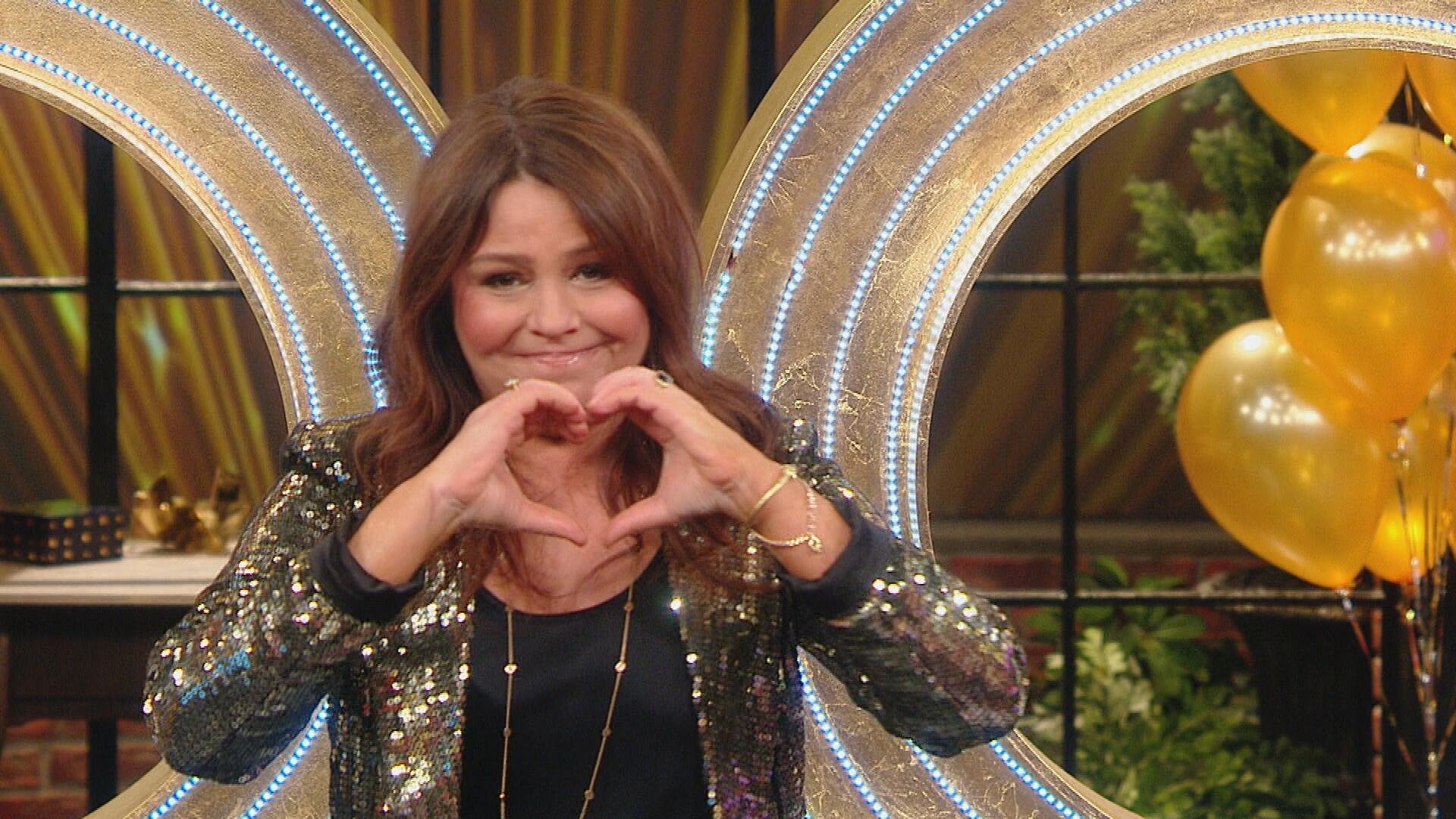
The Best Moments From 17 Seasons of the Show Will Make You Laugh…

How to Make Crabby Carbonara | Rachael Ray
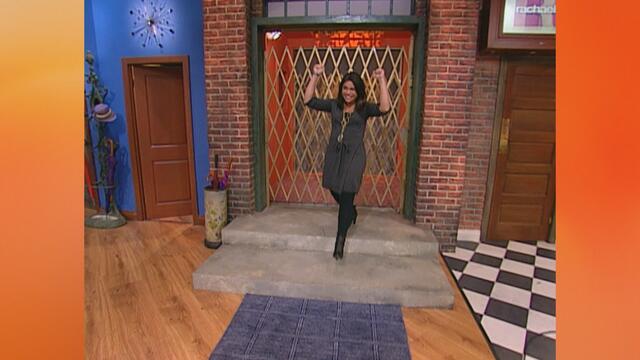
Rach Chats "Firsts" In Flashback From Our First Episode Ever In …

How to Make Apple-Cider Braised Pork Chop Sandwiches with Onion …

Rach's Chef Pals Say Goodbye to Show in Surprise Video Message
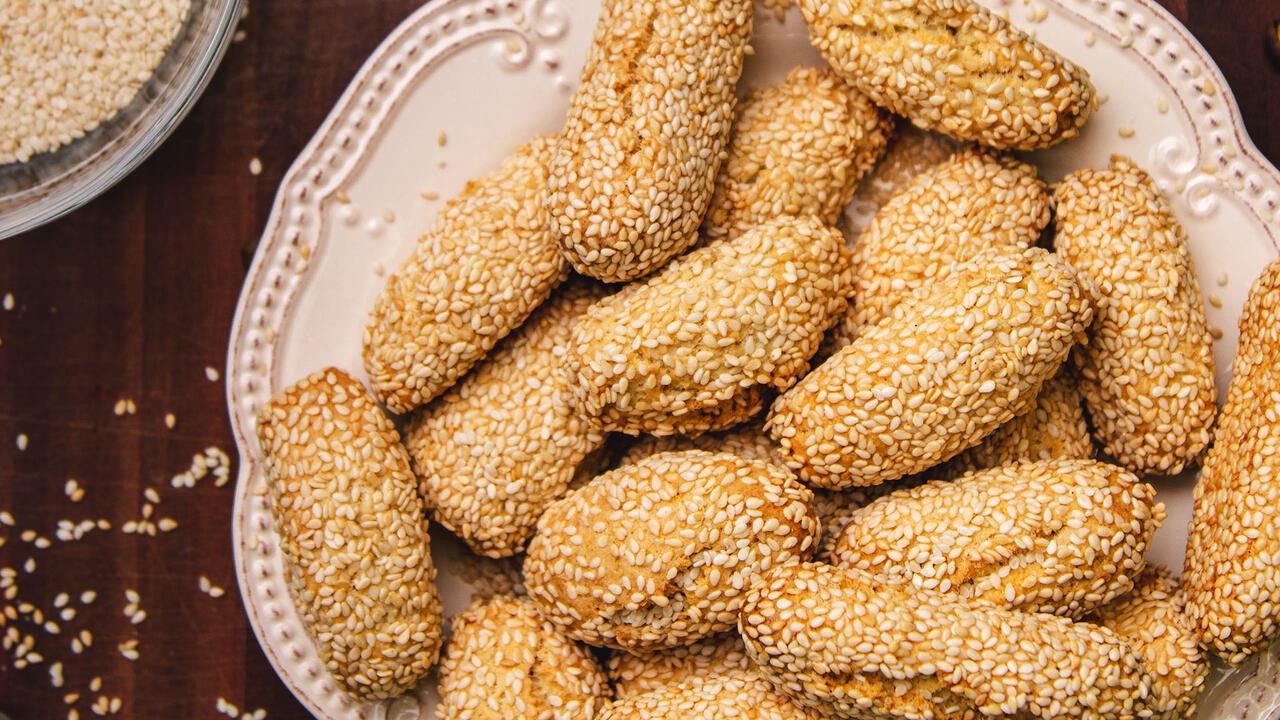
How to Make Sesame Cookies | Buddy Valastro
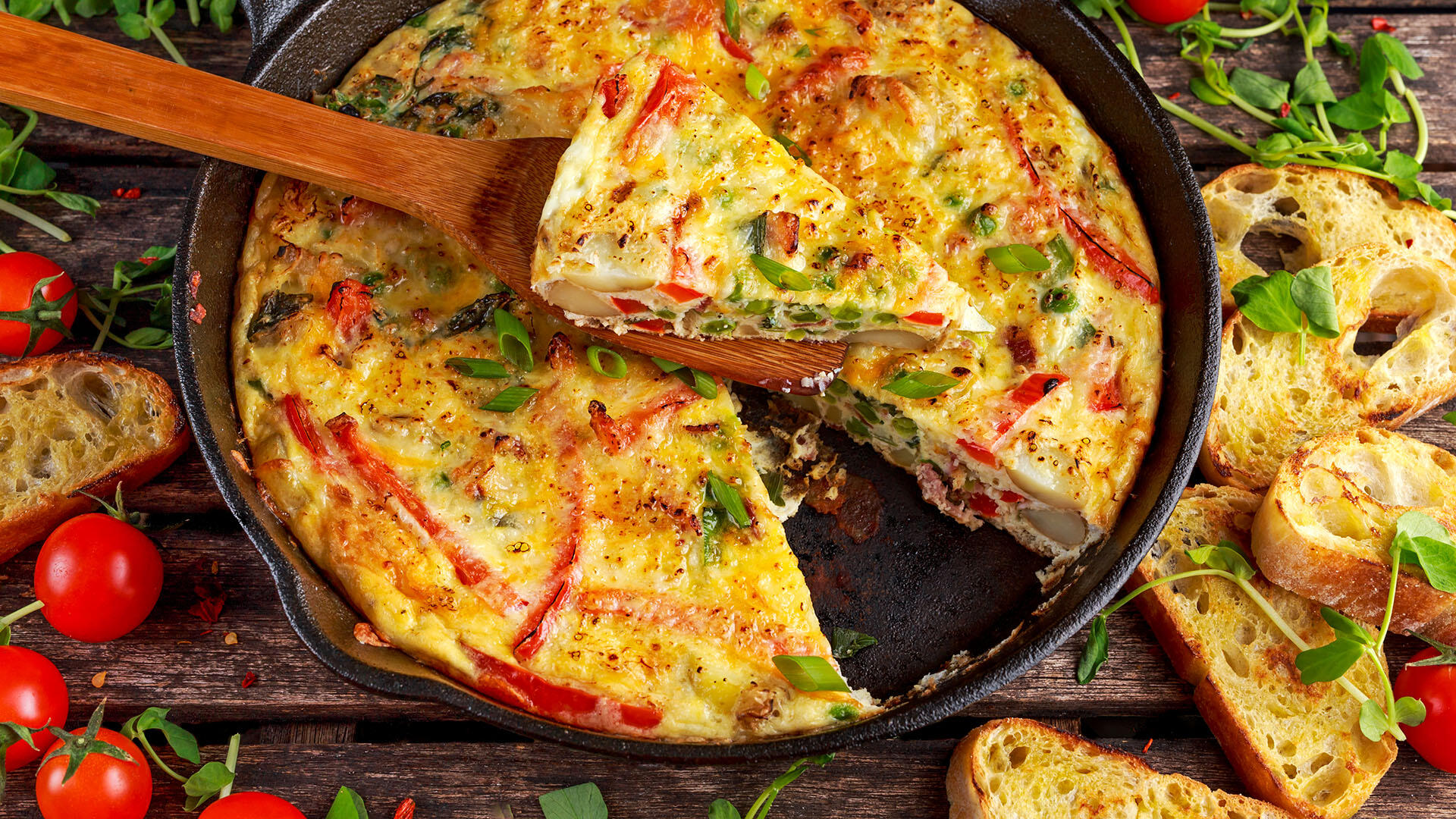
How to Make Tortilla with Potatoes, Piquillo Peppers and Mancheg…
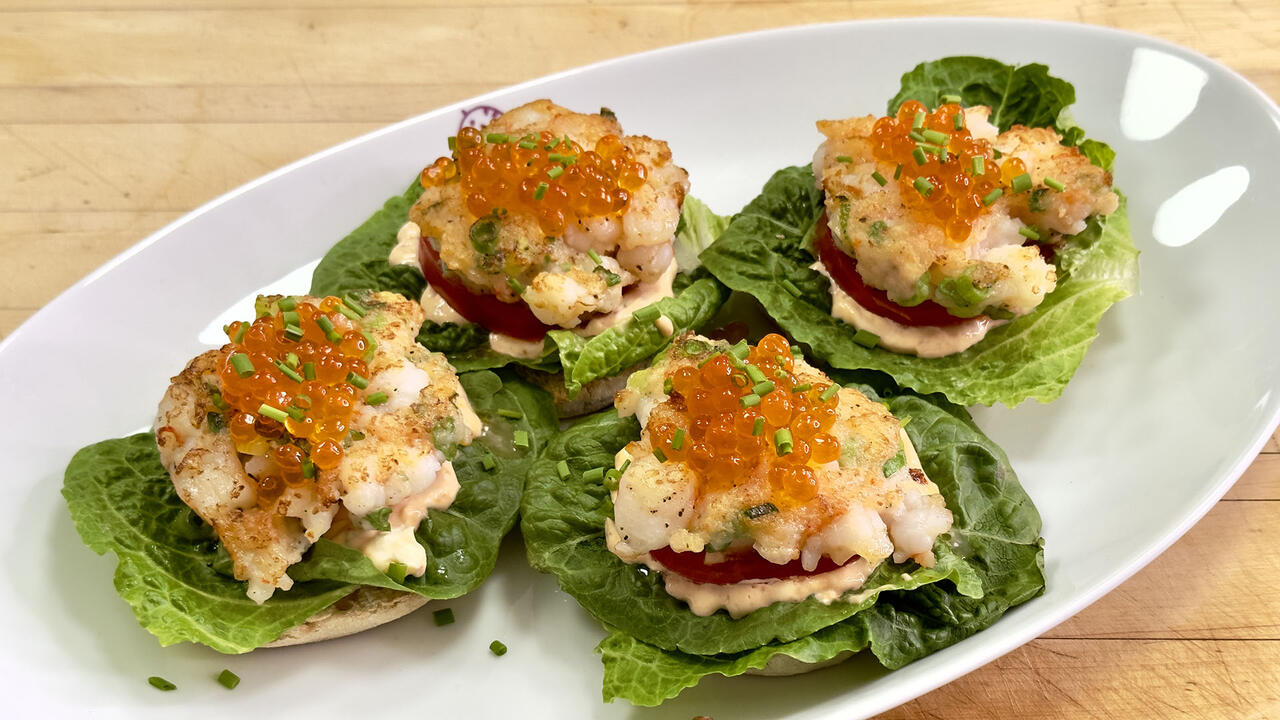
How to Make Shrimp Burgers | Jacques Pepin

How to Make Spanakopipasta | Rachael Ray

Andrew McCarthy Chokes Up Discussing Emotional Trip to Spain wit…
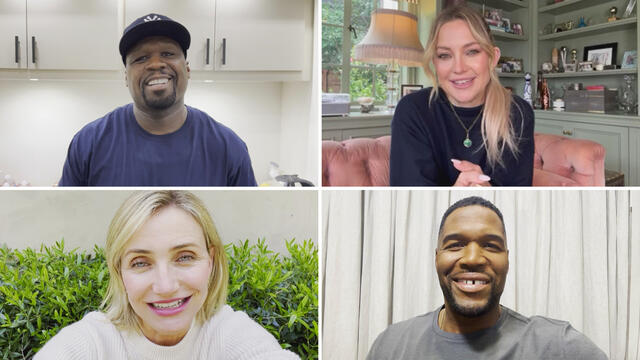
Celebrity Guests Send Farewell Messages After 17 Seasons of the …

Celebrity Guests Send Farewell Messages After 17 Seasons of the …

Andrew McCarthy Teases Upcoming "Brat Pack" Reunion Special

Michelle Obama Toasts Rach's 17 Years on the Air With a Heartfel…
Environmentalist, model and self-confessed "crazy plant lady" Summer Rayne Oaks has over 750 houseplants in her NYC apartment. Yes, you read that right, over 750.
Summer gives us a tour of her *personal jungle* and shares how you can find the best houseplants for your home — depending on what kind of light you get — in the video above.
"I grew up in the country so it was so natural for me to have plants in my life," Summer says. "In fact, I think it's unnatural not to have plants."
Her kitchen space is not only filled with houseplants, but it's painted green, as well!
Her work and sleep area has everything from lemon-scented geranium and broadleaf thyme to pineapples. And if you can believe it, Summer says plants even have a taste in music.
"They prefer vedic chants, then it goes into classical music, then it goes into rock music, then it goes into heavy metal," Summer says.
Outside of her own home, our plant connoisseur would love to get a community garden in the future.
"I think the new cat lady is the plant lady," she says.
RELATED: Rach's Plant Saver Tip
So, if you want to become a plant person, here's how Summer says to start.
"The most important thing when you bring a plant into your home is to know which direction your windows are facing," Summer shares. "Because that will give you a better sense of what type of plant you should bring into your home."
You can figure this out by using a compass or a compass app on a smartphone.
Best Houseplants For Southern-Facing Light
According to our expert, if you have Southern-facing light and you're in the Northern hemisphere, you will be getting really hot, intense light throughout the year. If you have a standard double pane window, your best bet would be to get succulent varieties, like Echeverias and Crassula (aka a jade plant). (Pro tip: If you have something in front of your window, like a tree or scaffolding, that will need to be taken into consideration.)
RELATED: 4 Of The Most Common Kitchen Design Questions Answered By a Professional Interior Designer
Best Houseplants For Northern-Facing Light
If you get Northern-facing light, you get very low light.
Aglaonemas, which according to Summer have been a popular houseplant since the '70s, are understory plants, so they are used to being in the understory of the forests where they don't get direct light. Plus, they come in all different colors!
Best Houseplants For Eastern-Facing Light
Now, for those of us who have Eastern light, Marantas are perfect. It is otherwise known as a "prayer plant" because at night, it "folds up as if it's in prayer."
"If you have Eastern light, good on you," Summer notes. "It gets a nice cool sun in the day and then just nice gentle light throughout [the night]."
Best Houseplants For Western-Facing Light
Finally, if you have Western exposure, Epipremnum aureum is your best bet. Epipremnum aureum works in all lights, but it flourishes the best in Western facing light because it does better in higher light.
"Western exposure, unlike Eastern exposure, gets a little hotter during the afternoon which can actually damage some plants," Summer says.
Haworthia, Aloe, and Gasteria also do well in Western exposure.
Best Houseplants For Little To No Light
Now, if you don't have access to natural light but still want to build your own indoor jungle, Summer recommends a grow LED light bulb. She says these bulbs are inexpensive, efficient, soft on the eyes, last a while and result in lower bills. And the best part? You can put your plants under these bulbs.
"Plants usually like anywhere between 11 and 13 hours of light so you might want to keep it on," Summer notes. "Grow lights totally work."
The closer you keep your houseplants to the light, the better.
If you're interested in learning more about houseplants, you're in luck! Summer offers Houseplant Masterclass, which is the first online audiovisual course on houseplant care. Find out more here.


